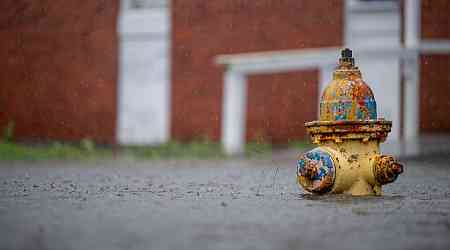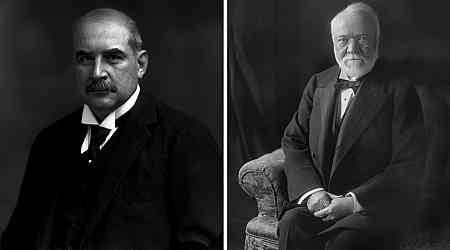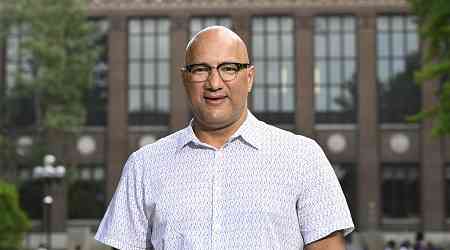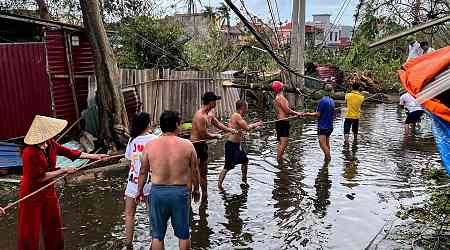
Even from the distance of 23 years, the memory of the fellow-feeling that emerged from 9/11 still surges in the chest, binding at the level of the human heart strangers who would swear they have nothing in common.
But even decades later, the lessons of that day are much less clear. The most obvious takeaways (improve airport security) are also the most conspicuous, while the less visible might be apparent only to experts. Which is where Engineers at Ground Zero comes in.
The documentary—scheduled for release in November, with a short featured here on TIME.com—picks up a few hours after the Towers fell, as the search for survivors was supplanted by the search for answers: Were the surrounding buildings safe? Were some 400 buildings below 14th Street safe? How about the ground beneath our feet? And ultimately: How had this happened?
The people who could find answers gathered among the firefighters and demolition crews. Structural engineers became “second responders,” dressed in civilian clothes and versed in the laws of tension and compression—all the arcana of physical geometry that had determined whether lives would be lost or saved in the 101 minutes that elapsed between the impact of American Airlines Flight 11 into the North Tower and its collapse. The engineers stayed for months, leaving when the site was emptied and the answers were in hand.
Read more: If You Want To Humble An Empire
“What did we learn from 9/11?” Vicki Arbitrio, who helped organize fellow engineers in Lower Manhattan, tells TIME. “We learned to make stairwells wider, so that firefighters can go up while others go down. We learned that maybe the walls around the stairs should be more than just gypsum board, and that maybe we should keep the sprinkler mains within those hardened walls. Things that will protect people in the future. Redundancy in the overall structural system to make sure that, you know, a building will still stand up for a little while.”
The film includes a step-by-step explanation of how the Towers came down, an account offered by an engineer displaying an animation based on “physics-based modeling” of the catastrophe. The high-rises had been built to survive a plane crashing—and initially did, each structure redistributing the load around the hole each jet punched into it. What brought them down, in the end, was fire from the jet fuel, so intense it melted the steel girders in the interior.
Other risks followed. One affable engineer recalls being summoned to ground zero on a Sunday. A crack had opened in the earth. In the absence of one of the Towers, a wall constructed to hold back the Hudson River has moved more than a foot. If the river followed, water would flood not only the subway tunnel under the World Trade Center, but the entire New York subway system. “It’s a very dangerous situation,” he says. And it was solved not with an army but a pump that lifted water away from one side of a wall, and a bulldozer that pushed dirt against the other.
“Certainly people are going to figure out other, more powerful ways to destroy things, right?” says Arbitrio. “So as engineers, how can we build something reasonably economically and make it safer? After Oklahoma City, we figured out some things. After the 1993 bombing, we figured out some things. After 9/11 we figured out some things. And the Pentagon, too, was investigated. The condo collapse in in South Florida. We’re always looking to see: What can we do better?”
The engineers were interviewed, one at a time, in a high rise that has been built but not built out—a whole floor behind the speaker, vacant but for pillars. The idea of the film (organized and financed by the Structural Engineers Association of New York, but edited independently by the Vacationland production house) was to leave a lasting record of an event that will be known first-hand by fewer people over time. The aging men and women speak, movingly, of what moved them: the outpouring from New Yorkers and the world beyond, the value both of camaraderie and of reaching conclusions together. It seems fitting that, as they speak, the only thing visible behind them are supports.
“We are often taken for granted, and that’s okay,” says Arbitrio. “If all goes well, you don’t notice it. But when something goes wrong, it’s good to learn from it. And that’s not just structural engineering, right? That’s everything.”


























